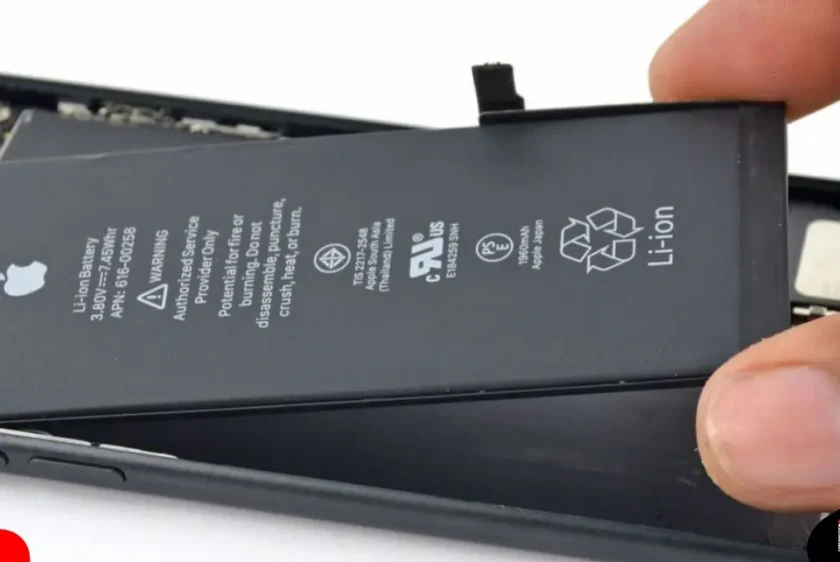
Modern phone batteries don’t need to be run from 0% to 100% every time. Lithium-ion cells stay healthier when they spend most of their life in the middle of the charge range, avoid heat, and aren’t pushed hard while charging.
If you want your battery to hold its charge for years rather than months, a few practical habits go a long way without turning your day into a charging routine.
Here’s how to make your phone battery last longer :
1. Live in the 20–80% zone
Lithium-ion chemistry ages fastest at the extremes. Letting your phone sit near 0% or at 100% for long stretches, especially when the device is warm, speeds up the reactions that reduce capacity. Aim to operate between roughly 20% and 80% for everyday use.
Top up whenever it’s convenient instead of waiting for empty, and unplug once you’re comfortably charged for the day.
Occasional full charges are fine before a trip or long day; just don’t make them a daily habit. Two mid-day top-ups that add up to 60–70% are easier on the battery than a deep 0→100% swing.
2. Keep heat under control
Heat is battery enemy number one. Charging generates heat, and fast charging or heavy use generates even more. Charge on a hard, cool surface rather than under a pillow or on a hot dashboard.
If the phone feels warm while charging, remove a thick case and give it airflow. Try not to game, record 4K video, or run GPS navigation while plugged in; those tasks stack heat on top of charging heat.
In the car, a vent mount that lets the AC blow over the phone can make a noticeable difference. Wireless charging is convenient but warmer, so use a well-ventilated stand if you rely on it.
3. Turn on smart charging features
Many phones now learn your routine or let you cap the maximum charge to reduce time spent at high voltage, which is the stressful top end of the battery’s range. Enable Optimised or Adaptive Charging so the phone pauses around 80–85% and finishes closer to when you wake up or unplug.
If your device offers a “Protect Battery” or “Charge to 80%” option, switch it on for daily use. This simple setting trims hours of high-voltage stress every week without you thinking about it.
4. Use slower charging when you’re not in a rush
High-watt “super fast” bricks are perfect in a pinch, but they push more current and therefore more heat. When you’re at your desk or charging overnight, a regular charger or a lower-watt USB port is kinder to the cell. If your phone lets you choose charging speed, pick normal for routine sessions.
Avoid stacking fast charging with hot environments,such as a sunny car or under a laptop,because that combination accelerates wear.
Above roughly 80%, many phones slow down automatically, so a standard charger is often just as quick for topping off to your target.
5. Avoid heavy use while plugged in
Charging raises temperature, and intensive workloads raise it further. Together they create a heat bath that ages the battery faster.
If you plan a long gaming session or turn-by-turn navigation, let the phone discharge gently and recharge during breaks instead of playing while charging.
Some devices offer a gaming or bypass-charging mode that powers the phone from the cable without stuffing the battery; use it if available.
Lowering the frame rate or graphics settings during long plugged-in sessions also helps temperatures stay in check.
6. Cut background drain you don’t need
Less drain means fewer deep cycles over time, and that preserves capacity. Reduce screen brightness and shorten the auto-lock interval.
Use Wi-Fi instead of cellular when possible, and turn off radios you don’t need, like always-on GPS or Bluetooth for dormant apps. Limit background refresh for seldom-used apps and prune noisy push notifications that wake the phone constantly.
On OLED screens, Dark Mode and darker wallpapers can shave off a bit of power, which adds up over months.
7. Store and troubleshoot the right way
Batteries age even when idle, so proper storage matters. If you’ll shelve a phone for weeks or months, power it down at around 40–60% and keep it cool and dry, topping up every month or two.
If the battery gauge seems inaccurate, run the device down to about 10–15% and then charge to 100% once; this calibrates the meter, not the chemistry. After two or three years, it’s normal for capacity to fade.
If health drops under roughly 80% and it affects your day, a quality battery replacement restores practical runtime far more than micromanaging every charge.





